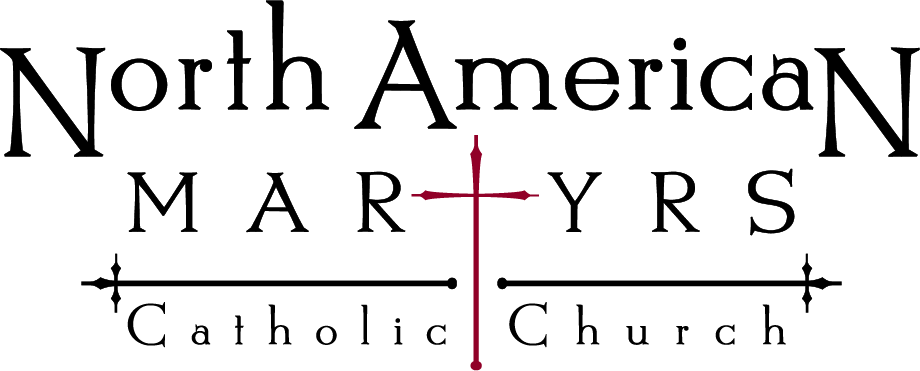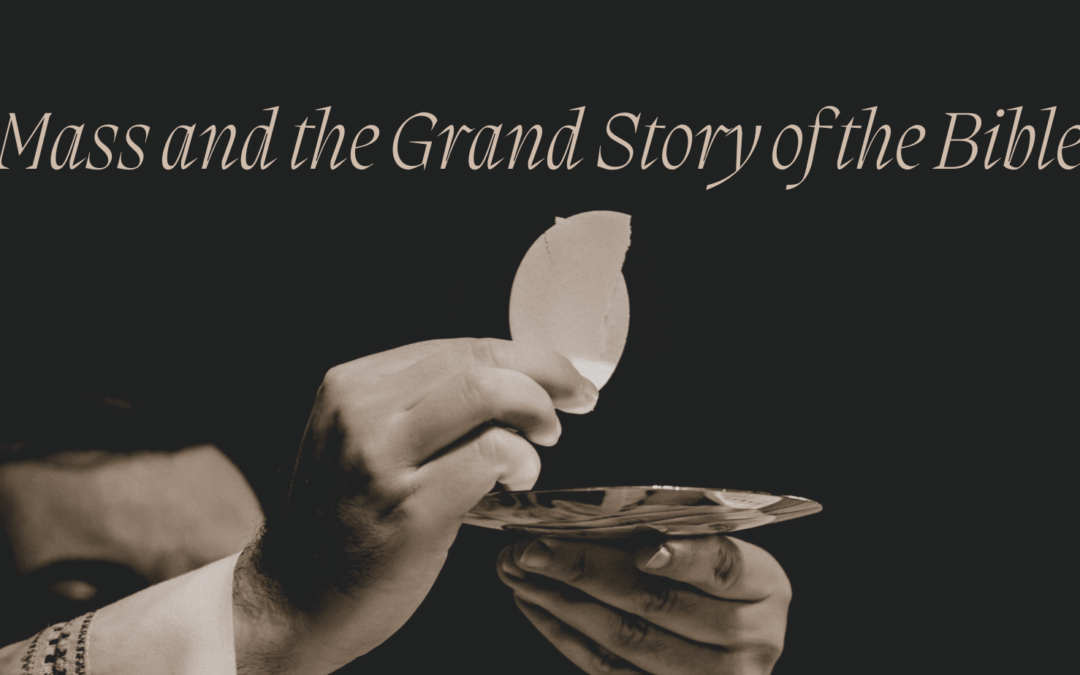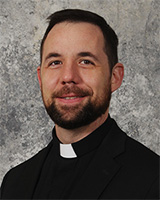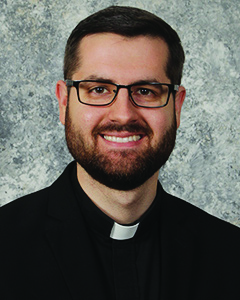Celebrating the Lord’s Supper is to experience the scriptural story in a tangible and spiritual way as we remember what God has done in the past, is doing in the present, and will do in the future. It is to be a grand and glorious celebration where a wide range of emotions may be experienced. If we can, it calls for us to hold in our minds and hearts the past and the future in the present as we participate in this liturgical celebration. We remember by reliving as we mysteriously enter and experience the scriptural story. In this way, we are transported into the past to sit with the Israelites at the original Passover, reliving their experience as the promises to Abraham, Isaac and Jacob were being fulfilled. We then continue moving through the unfolding scriptural story keeping in mind all that took place as we come to the Upper Room and sit with Christ and the Apostles, and then catapulted into the future we experience the final fulfillment as we feast in the consummated kingdom of God on earth. All of this and more is experienced when we enter the scriptural story from Genesis to Revelation, enabling us to see, hear, smell, taste, and feel with all our being the past and the future in the present. In this we experience the substance in Jesus’s words, “do this in remembrance of me.”
Reflecting on the bread and wine of the Last Supper and the scriptural story that supplies its depth, it is fitting to remember Melchizedek, king of Salem and priest of God Most High, who brought out bread and wine and blessed Abraham. For his name means “king of righteousness”, also, “king of Salem” means “king of peace” (Genesis 14:18-20). The new covenant requires a new priesthood and that priesthood is in the order of Melchizedek (Hebrews 5:4-6). Jesus, who is both king and priest, creates the new covenant in his blood, and like the old covenant, is accompanied by eating and drinking. The Divine Liturgy where Jesus presides as High Priest on Mount Zion in the heavenly Jerusalem, the city of the living God (Hebrews 12:22-29) is foreshadowed in many ways in Exodus 24. The theme of communion of earth and heaven is brought forth with an upward movement calling us to lift up our hearts. We see the liturgy of the Word followed by the liturgy of the Eucharist (Exodus 24:7-11) with “the blood of the covenant” pointing to the blood of Christ (Matthew 26:28; Mark 14:24; 1 Corinthians 11:25; Heb 9:19-20).
The scriptural story moves forward with great anticipation of a new covenant. A covenant that would enable the people to do everything the LORD has said, putting His laws in their minds and writing them on their hearts (Jeremiah 31:33). Jesus presented this new covenant in the setting of the Passover. The Passover celebration is full of meaning revealed and embodied by Jesus at the Supper and in his Passion. This new and ultimate Passover is a grand and glorious fusion of the entire scriptural story experienced in the context of a tangible celebration that would soon be brought to its climactic expression in and through the life, death, resurrection, and ascension of Christ. The Passover provides richness in reflecting on the Lamb of God, our Passover Lamb, who was sacrificed and whose blood causes God’s judgment to pass over His people (1 Corinthians 5:7). At the heart of the Passover celebration is the remembrance of God’s deliverance of His people from slavery, where He dealt a head-crushing deathblow to the evil oppressor, setting His people free from social, economic, political, and spiritual bondage.
The new covenant made in the Lord’s Supper was the expectant hope of the people who went into exile due to their sin. In other words, exodus deliverance is married with exile deliverance in the Lord’s Supper. Exodus deliverance is primarily about freedom from external oppression whereas exile deliverance is primarily about freedom from internal sin. Exodus and exile deliverance are foreshadowed in the Fall (Genesis 3). A promise was made to provide a head-crushing deathblow to the serpent, breaking his oppressive hold on man, and to provide deliverance from exile due to Adam & Eve’s sin that expelled them from Eden (Genesis 3:14-24). The Supper is magnificently combining these deliverances to communicate the holistic, multifaceted, and complete deliverance in Jesus Christ. He is the new Adam restoring the true image of God in man, filling the earth with the glory of God (1 Corinthians 15:45-49). He is the unique and promised son, like Isaac, who would be offered on the altar, bringing to fulfillment the promise to Abraham that all nations will be blessed through his “Seed” (Genesis 22:2; John 3:16; Galatians 3:6-19). He is the promised prophet, like Moses, who will lead the people in a new exodus and give them a new covenant (Deuteronomy 18:15; Acts 3:17-26). Unlike the manna, He is the true bread that came down from heaven that we may eat and not die (John 6:32-51). He is Joshua, the one who will save us and lead His people into the promised land (Hebrews 4:8-11; Acts 4:12). He is the suffering Servant who was pierced for our transgressions, crushed for our iniquities, taking the punishment that brought us peace, healing us with his wounds, pouring out his life unto death, bearing the sins of many, shedding his blood for the forgiveness of sins (Isaiah 53; 1 Peter 2:24). He is the promised King that would sit on David’s throne forever (2 Samuel 7:12-13; Acts 2:24-36). The Supper is saturated with all of this and more, being filled with meaning from the past and propelling into the future for an experience in the present. It is a grand and glorious banquet celebration of joy, filled with awe, wonder, and thanksgiving!
By Ryan Bliven


 Father Nathan Hall
Pastor
Father Nathan Hall
Pastor Father Matthew Kovar
Parochial Vicar
Father Matthew Kovar
Parochial Vicar Elizabeth Fairbanks
School Principal
Elizabeth Fairbanks
School Principal